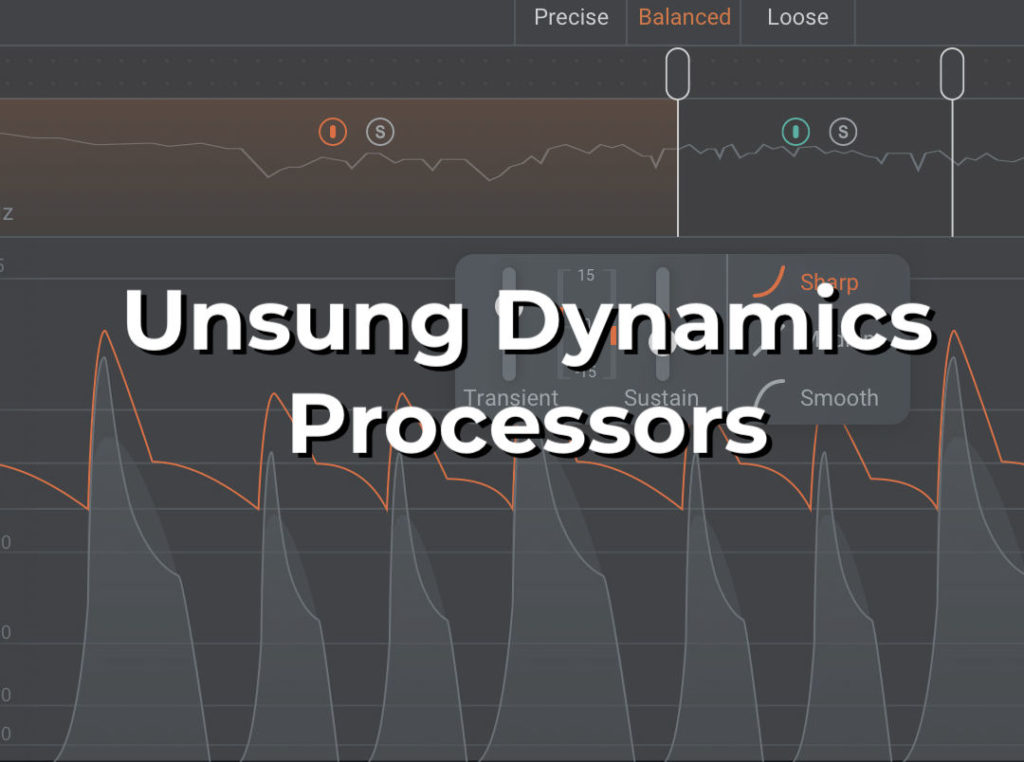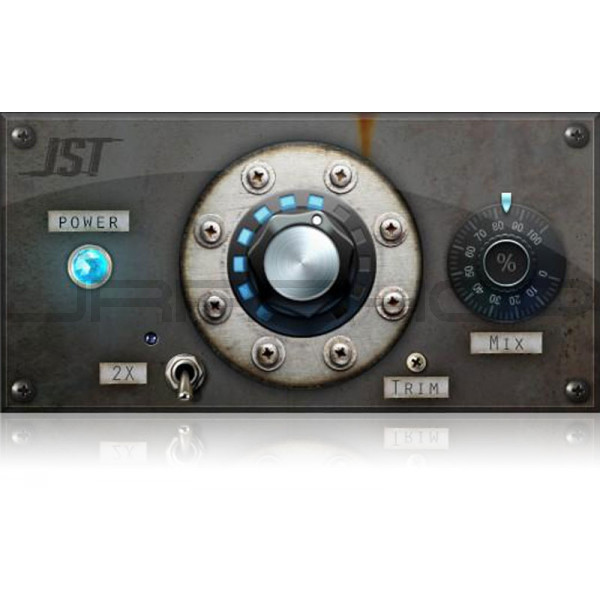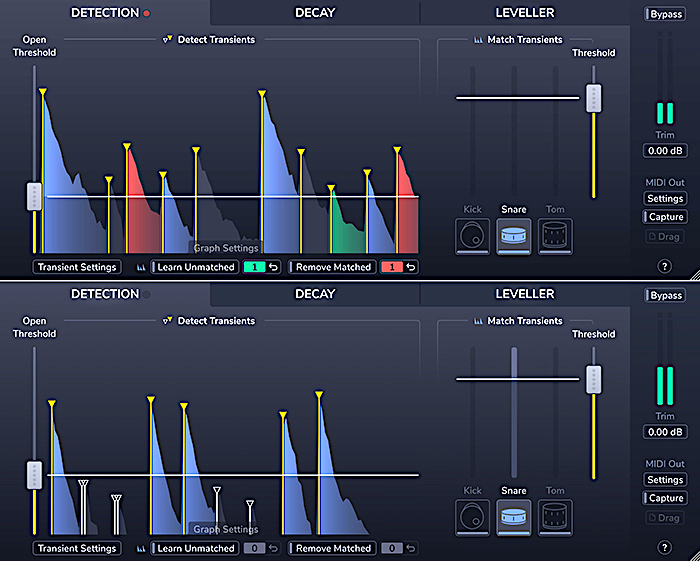- in Production by Bobby Owsinski
Transient Shapers, Clippers And Levelers: The Unsung Dynamics Processors
Modern mixes have different demands from mixes of the past, and compression across the various mix elements is almost a given. Today’s mixes also require a new level of dynamics sophistication that goes beyond compression, and advanced plugin development has given rise to increased capabilities from some frequently overlooked plugins – transient shapers, clippers and levelers. Let’s take a closer look at these unsung processor plugins.

Transient Shapers
The opposite of a downward expander (which is what your compressor really is) is an upward expander, sometimes known as a transient designer or shaper. An upward expander takes signal above the threshold and increases its gain, acting like the opposite of compression. Unlike compressors, transient shapers can transparently shape the attack and sustain characteristics of sounds.

With a normal compressor with 2:1 ratio, for every 2dB above threshold the output would be 1dB. With an upward expander, that ratio is reversed to 1:2, so for every 1dB above threshold the output will rise by 2dB. This increases the dynamic range by making loud parts or peaks louder, and has the effect of putting the transients back into a part that’s been too compressed. This is often used on drum overheads, room mics and snare drums to emphasis the crack of the drum and lengthen its effect by increasing the Release control.
Some excellent transient shaper plugins include the Stillwell Audio Transient Monster, and the one that started it all, the SPL Transient Designer.
Clippers

A clipper (sometimes called soft clipper) is an interesting processor in that it carefully reduces momentary signal peaks in a way that makes the signal seem louder without actually adding any gain or changing the sound. It does this by gently reshaping the waveform instead of chopping off its tops. If used moderately, it’s cleaner and has fewer audio side effects than a typical peak limiter, which is why it’s often used on drum tracks, but can work equally well on other mix elements or even the entire mix as well. Just like with many other types of plugins, a little goes a long way.
Some clipper plugins to check out include the JST Clip and IK Multimedia’s Classic Clipper.
Levelers

A leveler automatically detects level differences in a mix element and corrects them in real-time so you don’t have to do manual or even automated gain adjustments. It’s typically set to a “target volume level” and then it will increase or decrease the level over the length of the recording while keeping it close to the set target level. The controls are fairly limited, but that also means the setup is simple. Examples of levelers include the Accusonus Voice Leveler, Waves Vocal Rider, and the built-in leveler in the Sonnox Oxford Drum Gate (one of my favorite plugins).
We could get deep into the weeds on how each of the above processors works, but it’s more important to know when and why you should use one. Make no mistake about it though, if you want to mix to sound contemporary, you’ll find yourself using these more and more.
You can read more from The Mixing Engineer’s Handbook and my other books on the excerpt section of bobbyowsinski.com. Also click here to get the latest 5th edition of the Mixing Engineer’s Handbook at a special price.

